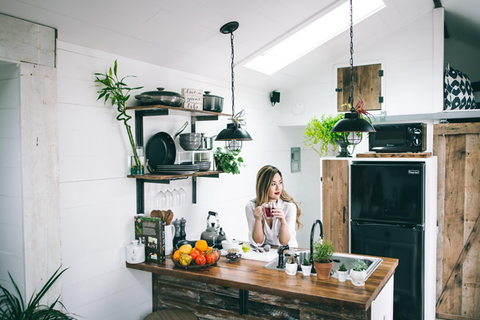Guest Blog: Thoughtful Ways To Create An Eco-Friendly Home
Many people associate the concept of being eco-friendly with putting down a big chunk of change on a Prius, installing solar panels, or even investing in temperature-regulating walls. They think of sustainability as expensive and inconvenient, in other words, and avoid looking into options to help reduce their footprint as a result. There are plenty of ways to reduce your carbon footprint without ever leaving the house or spending half of a year’s salary, however, and they’re easy to work into your lifestyle, too. Here are some easy, inexpensive, and surprising ways you can make your home greener.








Leave a comment